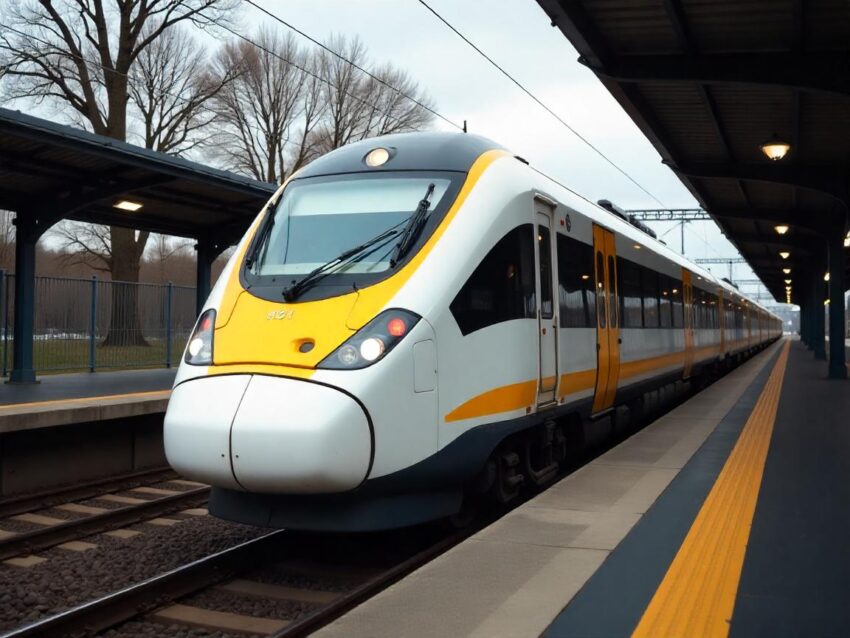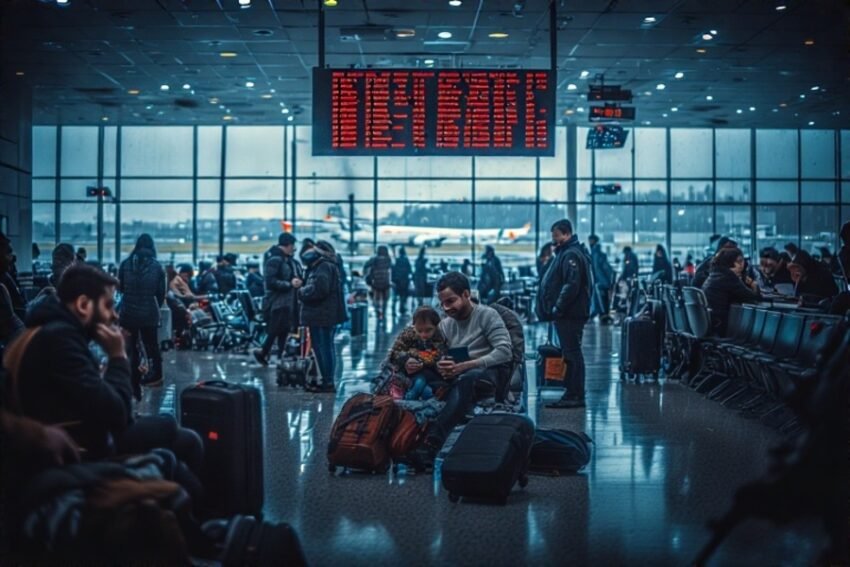Sunday, July 20, 2025

In a decisive move to transform the nation’s rail network, the United Kingdom has taken full control of the high-performing c2c rail service, marking a significant step in its broader strategy to enhance reliability, accountability, and passenger satisfaction across the transport sector. Once operated by Italy’s Trenitalia, c2c now joins an expanding list of nationalised train operators under direct government oversight, reflecting the UK’s growing commitment to delivering better-managed and more customer-focused rail services as part of a bold public ownership initiative.
UK Government Takes Over c2c Rail Services as Part of Growing Trend Towards Public Ownership
The c2c rail network, which connects London Fenchurch Street with towns across south Essex, officially transitioned to public ownership on Sunday, marking a significant shift in how regional rail services are being managed in the UK. Previously operated by Trenitalia, the Italian state-owned rail firm, c2c now falls under the direct oversight of the Department for Transport’s Operator of Last Resort (OLR), a public body responsible for running rail franchises when private companies are no longer deemed suitable.
This latest move is part of a broader trend that has gained momentum in recent years, where an increasing number of underperforming or strategically critical rail operators have returned to state control. The Department for Transport confirmed that all tickets bought prior to the transition remain valid, and passengers should not experience any disruption in service during the changeover.
The c2c franchise has been operating under Trenitalia since 2017. During this time, the operator consistently delivered relatively strong performance compared to many peers. In the most recent survey conducted by independent transport watchdog Transport Focus, c2c earned a passenger satisfaction score of 89%, placing it among the top-tier UK train operators. It ranked sixth out of 22 companies assessed, a testament to its reliability and service quality.
Despite this, the shift to public ownership does not necessarily reflect a failure in performance. Instead, it aligns with the UK Government’s evolving strategy to streamline oversight, improve accountability, and potentially create a more integrated national railway system. The upcoming launch of Great British Railways (GBR)—a new overarching public sector authority—will play a central role in shaping the future of the UK’s rail operations and infrastructure. GBR is expected to consolidate responsibilities currently split between different bodies, providing unified leadership across rail service delivery and infrastructure planning.
The move also follows a similar decision in May, when South Western Railway became the first train operator to be nationalised under the current Labour Government. Prior to that, the Conservative administration had already brought a number of struggling operators into public control, including Northern, TransPennine Express, Southeastern, and LNER. These decisions were largely motivated by chronic performance issues, operational inefficiencies, or financial instability within the privately managed franchises.
The trend appears to be accelerating, with Greater Anglia confirmed as the next in line for nationalisation. The Department for Transport has announced that Greater Anglia will enter public ownership on October 12, further expanding the government’s direct role in delivering passenger rail services.
For everyday commuters and passengers, the changes might appear subtle at first. Branding, ticketing systems, and train timetables are generally retained during such transitions to avoid confusion or service disruption. However, proponents of nationalisation argue that a publicly controlled rail system allows for greater long-term investment, enhanced worker conditions, and more customer-focused service models, unburdened by the profit demands of private shareholders.
Public sentiment on the issue appears divided, with some applauding the government’s willingness to intervene when private companies fall short, while others question whether state-run services will consistently deliver better results. Nevertheless, with several franchises now under government control, the UK rail sector is undergoing a quiet but substantial transformation—potentially moving towards a more centralised and coordinated future.
The UK has brought the top-rated c2c rail service into public ownership as part of a bold national strategy to boost reliability, accountability, and passenger satisfaction. This move strengthens the government’s growing control over key rail networks.
As c2c passengers continue their daily journeys between London and south Essex, they now do so on trains operated by the public on behalf of the public. The long-term impact of this change, both in service quality and in shaping national rail policy, remains to be seen, but it undeniably marks another step in the UK’s growing shift towards renationalising key transport infrastructure.









